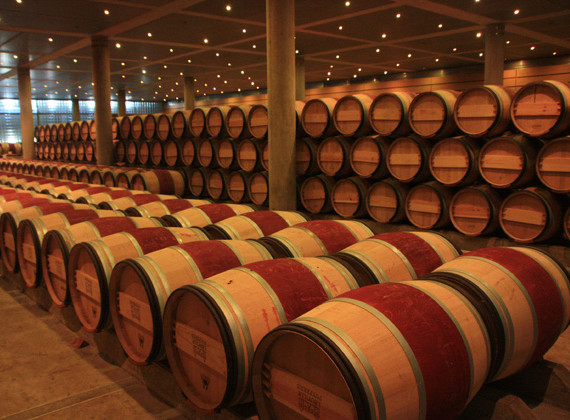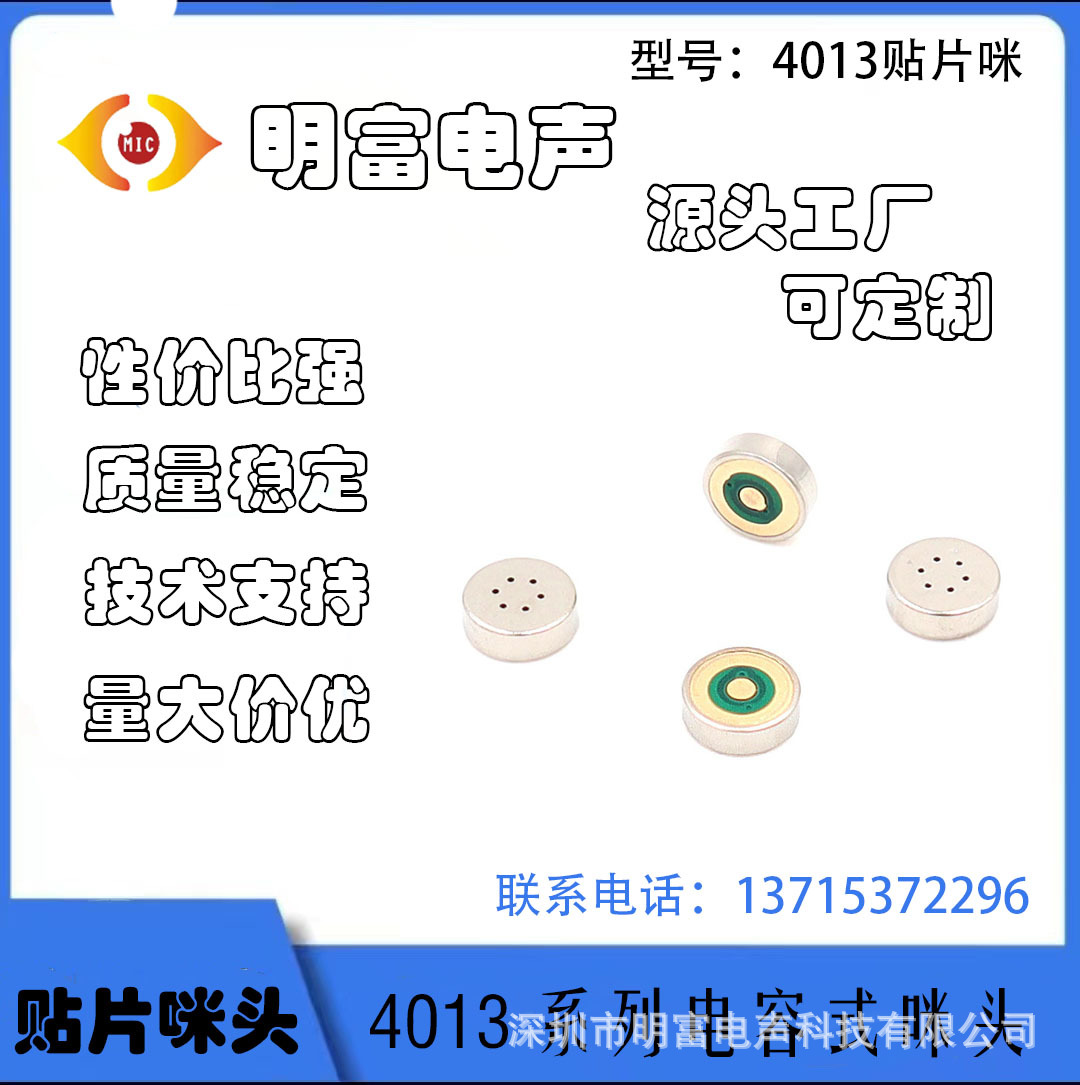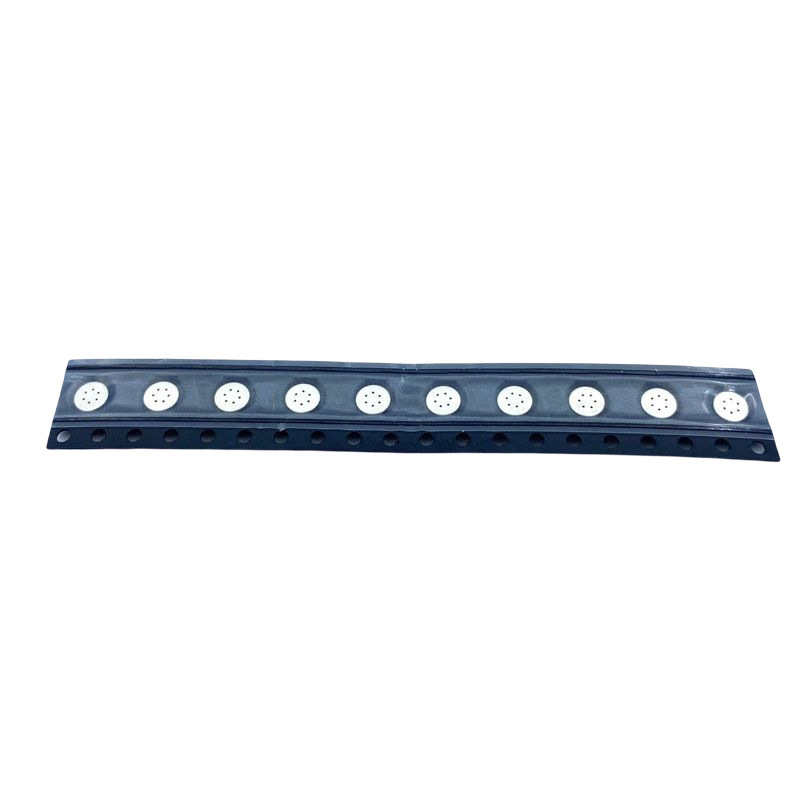
4013 patch microphone 4*1.3MM ultra-thin MIC braid high temperature reflow soldering anti-interference microphone manufacturer
Description
The microphone, also known as a transducer, microphone, mic, is an energy conversion device that converts sound signals into electrical signals. It is mainly divided into dynamic, condenser, electret, and silicon micro microphones, as well as liquid microphones and laser microphones; according to its transduction principle, it can be divided into dynamic microphones and condenser microphones. Among them, dynamic types can be further subdivided into dynamic microphones and ribbon microphones.
The microphone is an energy conversion device that converts sound signals into electrical signals, which is exactly the opposite of a speaker (electrical to sound). It is the two terminals of sound equipment, with the microphone being the input and the speaker being the output. Also known as mic core, microphone, transducer.What is the use of a microphone?
咪头是干什么用的Most microphones are electret condenser microphones, which operate based on a polymer diaphragm with a permanent charge separation. Common types of commercial microphones include condenser microphones, crystal microphones, carbon microphones, and dynamic microphones. Common energy sources used by condenser microphones are of two kinds: DC bias power and electret film.
大多数麦克风都是驻极体电容器麦克风,其的工作原理是利用具有永久电荷隔离的聚合材料振动膜。常见的商用麦克风类型有电容式麦克风、晶体麦克风碳质麦克风以及动态麦克风。常用的电容式麦克风使用的能量源有两种:直流偏置电源和驻极体薄膜。
Most microphones are electret condenser microphones(ECM), this technology has a history of decades. ECM works by using a vibrating diaphragm made of polymer materials that have permanent charge isolation. Compared to the polymer diaphragm of ECM, MEMS microphones perform very stably at different temperatures, unaffected by temperature, vibration, humidity, and time.
Due to its strong heat resistance,MEMS microphones can withstand high-temperature reflow soldering at 260°C without any change in performance. The slight change in sensitivity before and after assembly can even save audio tuning costs in the manufacturing process.































![ZUMA KD BACKLESS COUNTER STOOL [SET OF 2 PCS]](https://b2bfiles1.gigab2b.cn/image/wkseller/33270/20231128_1597e6802ef06f74b00ed13d612c531d.jpg?x-cc=20&x-cu=35495&x-ct=1728457200&x-cs=0ab7b691103e3f53494753f7f65490e4)


